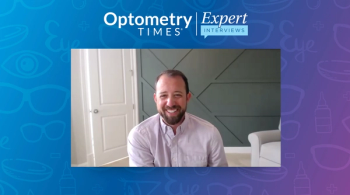
Dan Ignaszewski, executive director of the Alliance for Eye and Vision Research and the National Alliance for Eye and Vision Research, provides insight into the new campaign and how to get involved.

Dan Ignaszewski, executive director of the Alliance for Eye and Vision Research and the National Alliance for Eye and Vision Research, provides insight into the new campaign and how to get involved.
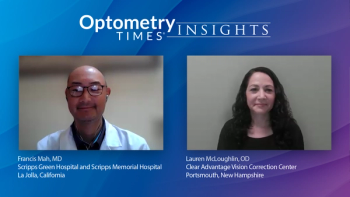
Panelists discuss how to perform corneal sensitivity testing using methods ranging from cotton swabs to the more quantitative Brill esthesiometer, emphasizing that testing should become routine practice.

Panelists discuss how to differentiate neurotrophic keratitis (NK) from dry eye disease and blepharitis by focusing on patient history, chief complaints, and the critical importance of corneal sensitivity testing.
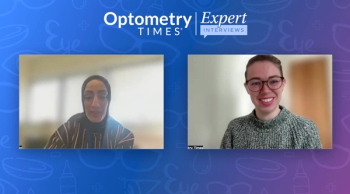
Naureen Haroon, OD, MPH, FAAO, founder of the newly formed WHSIG, said the group's primary aim is to educate the optometric community about why certain eye conditions disproportionately affect women.
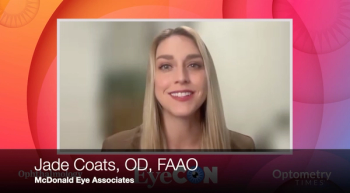
Jade Coats, OD, FAAO, gives her insight on what makes EyeCon valuable for eye care providers.
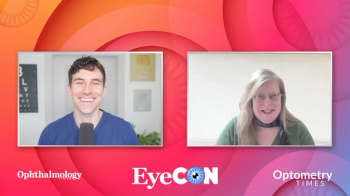
Dr Allen, OD, FAAO, Dipl ABO, plans to talk all things ocular surface for optometrists and ophthalmologists alike.
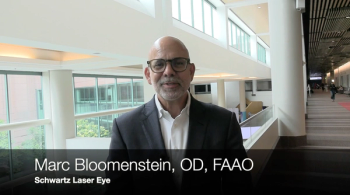
With FDA approval of LENZ Therapeutics’ Vizz (LNZ100), optometrists now have a daily, non-invasive treatment option for presbyopia, giving patients more freedom and clinicians greater flexibility in care.
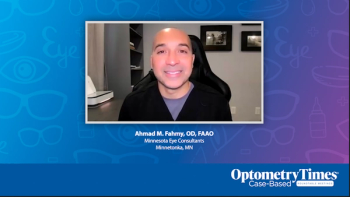
Ahmad M. Fahmy, OD, FAAO, discusses how cryopreserved amniotic membrane therapy can successfully address ocular surface complications in complex patients with autoimmune conditions and glaucoma, emphasizing the importance of treating surface disease before surgical procedures to optimize patient outcomes.

Ahmad M. Fahmy, OD, FAAO, discusses how cryopreserved amniotic membrane therapy can effectively treat complex cases of refractory ocular surface disease by addressing multiple contributing factors simultaneously, as demonstrated in a patient aged 81 years with diabetes, eczema, and severe blepharitis who showed significant epithelial improvement after comprehensive treatment.

Ahmad M. Fahmy, OD, FAAO, discusses how cryopreserved amniotic membranes preserve the critical heavy chain hyaluronic acid and pentaxin-3 molecules that deliver anti-inflammatory and antiscarring properties, making them significantly more effective than dehydrated versions for regenerating the ocular surface.

Ahmad M. Fahmy, OD, FAAO, discusses how amniotic membranes can be effectively incorporated into optometric practice as a “reset button” treatment for the full continuum of ocular surface disease severity, from mild to severe cases. This offers patients an alternative to multiple eye drops while being efficiently applied during regular clinic visits.
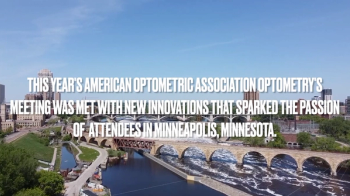
ODs reflect on their time in Minneapolis, Minnesota, citing continuing education, tech updates, and networking opportunities as valued takeaways from the meeting.
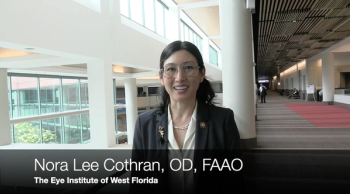
Nora Lee Cothran, OD, FAAO, discussed the importance of optometrists addressing mental health with patients in their chair.
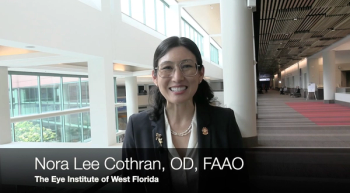
Nora Lee Cothran, OD, FAAO, moderated an Innovation Hub panel that featured 3 companies, giving insights into what's to come in the optometric industry.
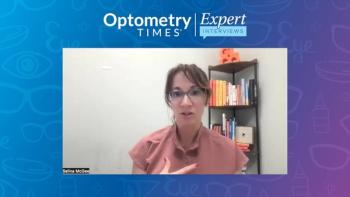
Selina McGee, OD, shares what she wants to see in future State of Dry Eye surveys and how this year's results will affect her patient care.
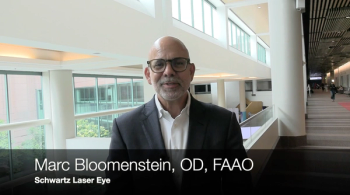
Marc Bloomenstein, OD, FAAO, is a clinical investigator in the trials and overviews the transformative potential of LNZ100.
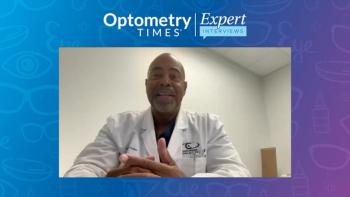
Shawn Hobbs, OD, previews the annual NOA convention, which takes place in Columbus, Ohio, from July 10 to 12, 2025.
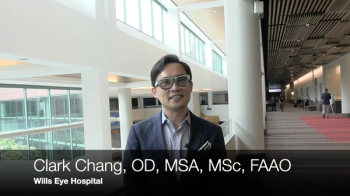
Clark Chang, OD, MSA, MSc, FAAO, gave a presentation alongside Susan Gromacki, OD, MS, FAAO, FSLS, at this year's Optometry's Meeting.
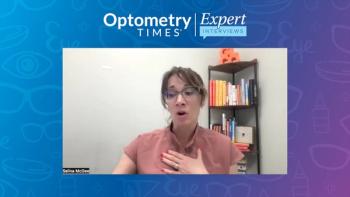
Selina McGee, OD, FAAO, Dipl ABO, shares key takeaways and a personal anecdote relating to the State of Dry Eye survey results.
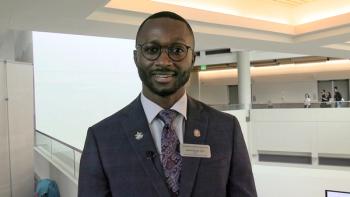
Acuvue Oasys MAX 1-Day multifocal for astigmatism is the first and only daily disposable multifocal toric contact lens.

Selina McGee, OD, FAAO, Dipl ABO, shares some statistics on dry eye as outlined in the State of Dry Eye report recently released by Bausch + Lomb.
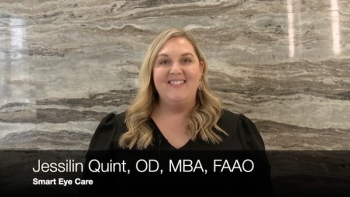
Jessilin Quint, OD, MBA, FAAO, outlines her AOA's Optometry's Meeting 2025 presentation on nutrition and its impact on ocular health.

Carolyn Majcher, OD, FAAO, detailed a talk she gave alongside Mary Beth Yackey, OD, at Optometry's Meeting 2025.
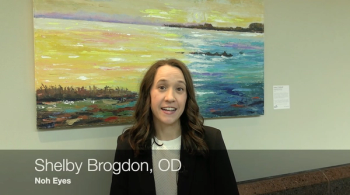
Shelby Brogdon, OD, details opportunities for practices to answer the patient's concerns from the chair before they hit the internet for their contact lens needs.
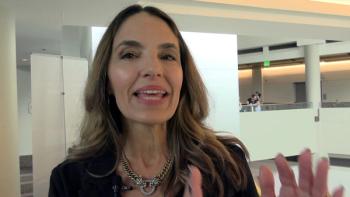
The Acuvue Oasys MAX 1-Day multifocal for astimgatism lens marks significant progress in daily disposable contact lens technology.
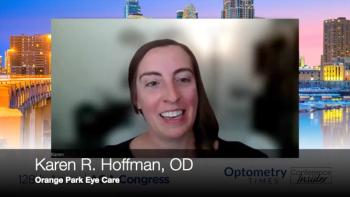
Karen R. Hoffman, OD, shares how customizable scleral lenses can transform vision for patients with complex corneas, achieving 20/20 outcomes and enhanced comfort.
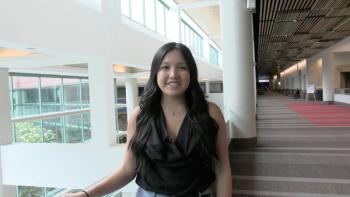
Janna Pham, OD, shares key takeaways from a corneal tomography session she presented alongside Travis Pfeifer, OD; and Matthew McGee, OD.
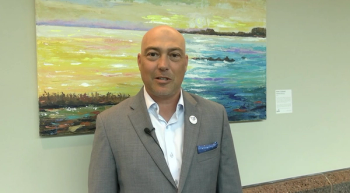
Jacob Lang, OD, FAAO, details early symptom relief demonstrated in as early as day 1 during AOA's Optometry's Meeting 2025.
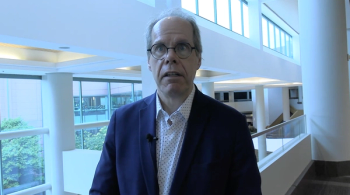
When Langis Michaud, OD, MSc, FAAO, FSLS, FBCLA, FEAOO, began fitting scleral lenses 20 years ago, there was limited knowledge about conjunctival characteristics, scleral shape, and lens behavior.
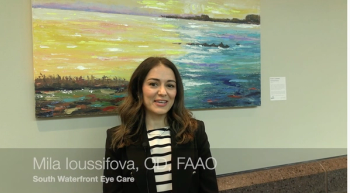
Ioussifova details what sets Johnson & Johnson's new lens apart from the rest, which was launched at the American Optometric Association's Optometry's Meeting 2025.